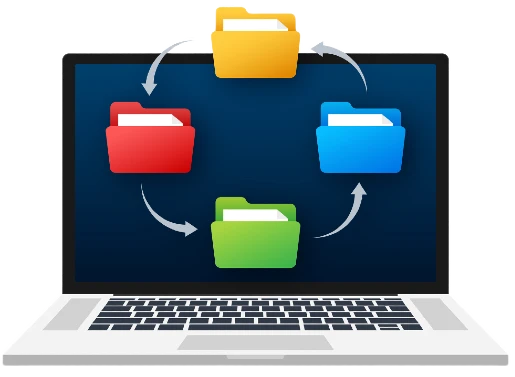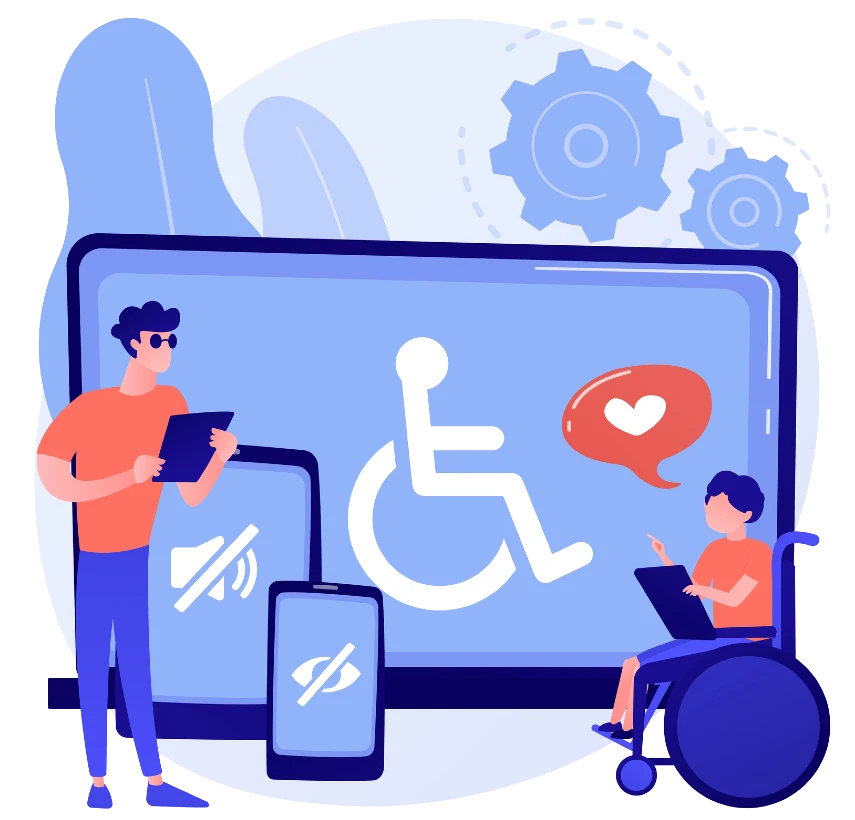E-learning has transformed dramatically over the past decade. Once limited to desktops and slide decks, it’s now a dynamic, mobile, and data-driven experience used across industries; from corporate offices to active construction sites. If you’re just starting your e-learning journey, this updated guide will help you build a successful program, whether you’re training office staff or contractors in the field.
Here are 10 up-to-date tips to help you build a modern, effective e-learning program this year.
Related: 40 Training Stats that Reveal How Employees Really Learn
1. Define Your Learning Goals Early
The first step is understanding what you’re training for. Who are your learners? What do they need to know or do better? And how will you measure success?

Some common examples of e-learning goals:
- Onboarding new employees across departments
- Delivering OSHA-compliant safety training
- Keeping field teams current on equipment or procedural updates
Clarifying your goals helps guide course design, platform selection, and evaluation methods.
2: Know Your Audience’s Environment
E-learning isn’t always consumed in a quiet office. Some learners might be on job sites, in warehouses, or commuting. Your content needs to support the reality of your audience.
Things to consider:
- Mobile responsiveness and intuitive navigation
- Short lessons that fit around job schedules
- Engaging enough that your learners don’t need coercing.
A 5-minute safety refresher assigned before a morning site briefing can be more useful than a long module delivered days earlier.
3. Choose an LMS That Supports Safety and Field Training
Your Learning Management System (LMS) should do more than deliver content. It should match both your audience and your administrative needs.
Look for LMS features like:
- Certification tracking and expiration alerts
- Role-based learning paths
- Detailed reporting and compliance auditing
- Mobile learning support
- Support for SCORM and other e-learning standards
If you’re evaluating systems, this guide to evaluating LMS systems is a helpful place to start.
4: Start with One High-Impact Course

Trying to launch an entire curriculum at once can be overwhelming. Instead, begin with a single high-impact course. This helps test your system, gather feedback, and prove value.
Effective starter courses can take on many different shapes, but here’s some early launches:
- Safety and compliance training
- New-hire onboarding
- Tool or product training for technicians
A pilot helps test your LMS, identify learner preferences, and make improvements before scaling up.
5. Focus on Engagement and Interactivity
Today’s learners expect training to be fast, visual, and interactive. If you’re still using slide decks with minimal interaction, it’s time for an upgrade.
Popular interactive elements include:
- Short videos with real-world demonstrations
- Click-to-reveal content and branching scenarios
- Virtual walkthroughs or simulations
- Knowledge checks after key sections
Need guidance? Explore instructional design tips to enhance course quality and learner retention.
6. Ensure Accessibility and Inclusivity
The modern standard is to aim for your content meeting WCAG 2.1 guidelines, to be usable by all learners, including those with disabilities or language barriers. Accessibility also helps ensure legal compliance.

Build accessible content by including:
- Screen reader support and keyboard-friendly navigation
- Alt text for all visual elements
- Captions or transcripts for audio and video
- High contrast color schemes and clear layouts
- Language options or voiceovers when needed
Accessibility improves learning outcomes and supports organizational diversity goals.
7. Use Real-World Scenarios to Build Relevance
When learners can connect training to their actual jobs, they retain more and apply it faster. Use realistic examples, stories, and workflows.
Consider modules like:
- Reporting a safety incident on a job site
- Completing a pre-inspection checklist using a mobile device
- Responding to an equipment failure with proper documentation
Scenarios make training more memorable and immediately applicable.
8. Use Data to Improve Training and Performance
Your LMS should give you more than completion reports. It should provide insights into who is engaging, who is falling behind, and where improvements are needed.

Use analytics to:
- Track individual and team progress
- Automate reminders for incomplete training
- Identify weak spots in course content
- Monitor certifications and recertification cycles
This is especially important in high-risk industries like construction, where training must align with regulatory requirements.
9. Blend Online Learning with Real-World Practice
E-learning isn’t a replacement for hands-on training. It should support and enhance it.

Effective blended approaches:
- Complete theory online before hands-on evaluations
- Assign short knowledge checks ahead of on-site work
- Use digital assessments to qualify learners for practical tasks
An example of effective blended learning might have workers complete a scaffolding safety module online, then demonstrate safe use in person under supervision.
10. Keep Content Up to Date
E-learning is no longer the set-it-and-forget-it process it once was. To keep your users engaged, content should reflect current regulations, technologies, and business processes.
To stay current:
- Review all training content every 6–12 months
- Update materials when policies or standards change
- Refresh branding and visuals to maintain engagement
- Gather learner feedback to identify unclear sections
Stale or outdated training isn’t just ineffective; it can put your team and your organization at risk.
Final Thoughts
Whether you’re training office employees or job site crews, launching an e-learning program in 2025 means meeting your learners where they are – on mobile, on demand, and on the move. With a thoughtful approach and the right tools, you can deliver training that’s both effective and efficient.
Interested in building mobile, safety-focused training for your teams?
Explore our LMS solutions for mobile and compliance training
See how organizations like yours are using Axis LMS across industries